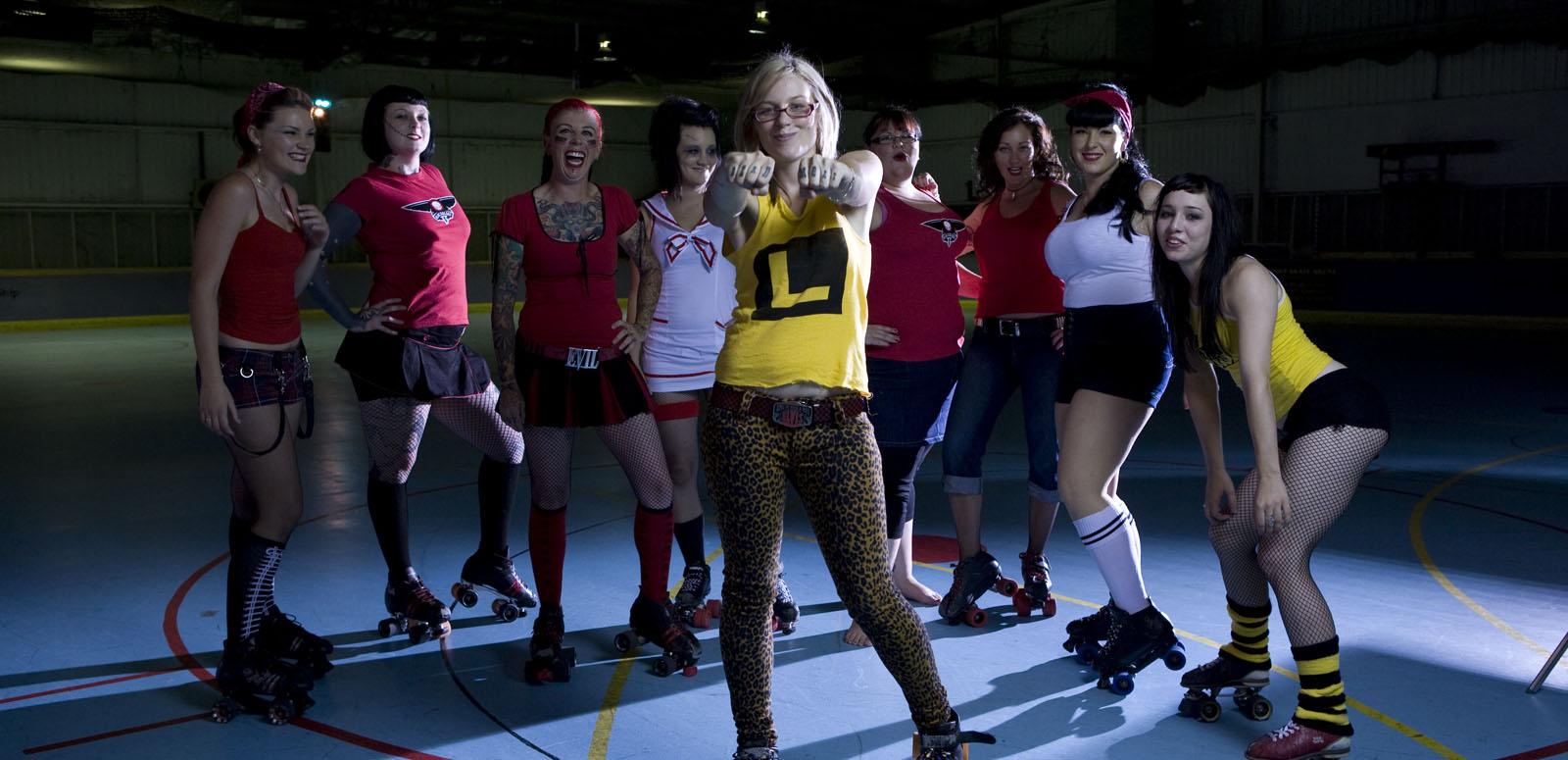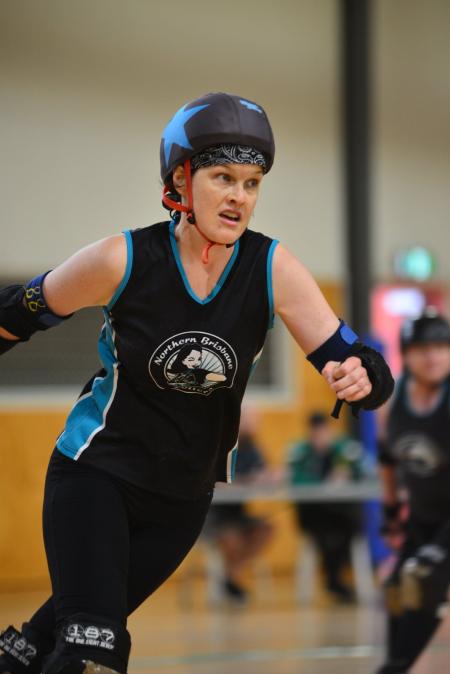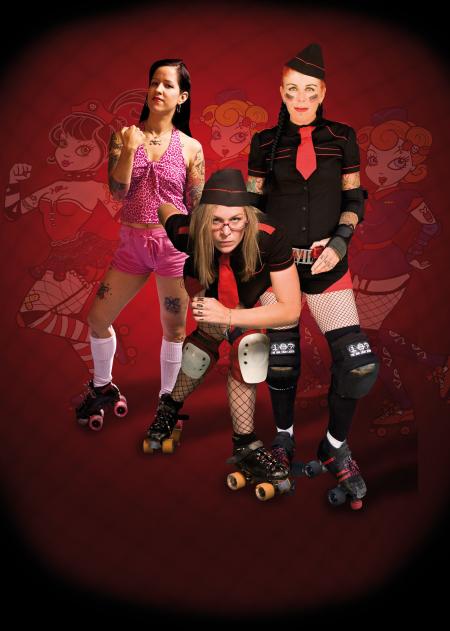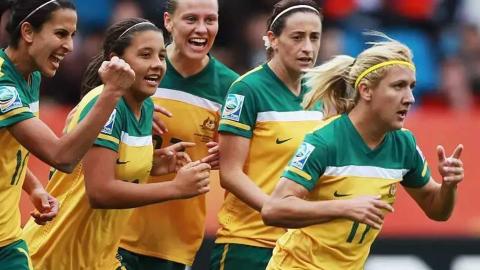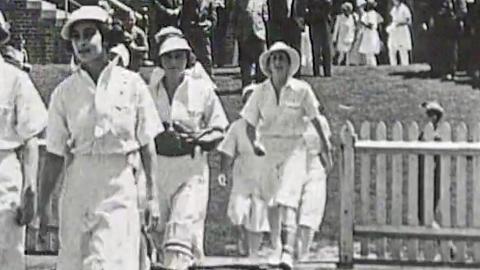The frenetic sport of roller derby invites players to shed their everyday personalities to embrace an alter ego, and in 2008, the film Roller Derby Dolls chronicled its revival in Brisbane. Here, over 15 years later, those who documented this thrilling return share their reflections on the experience.

